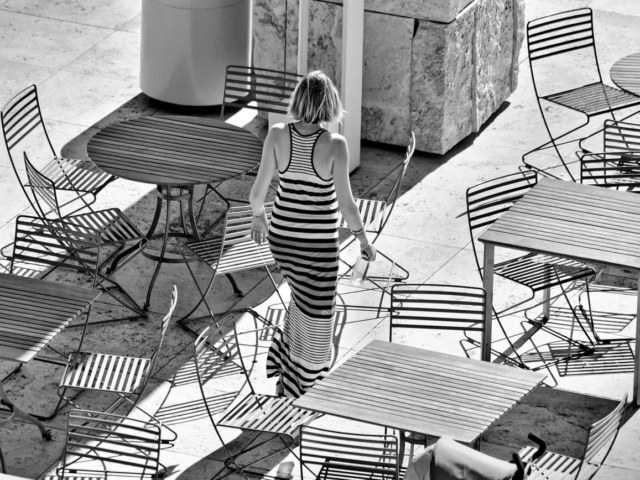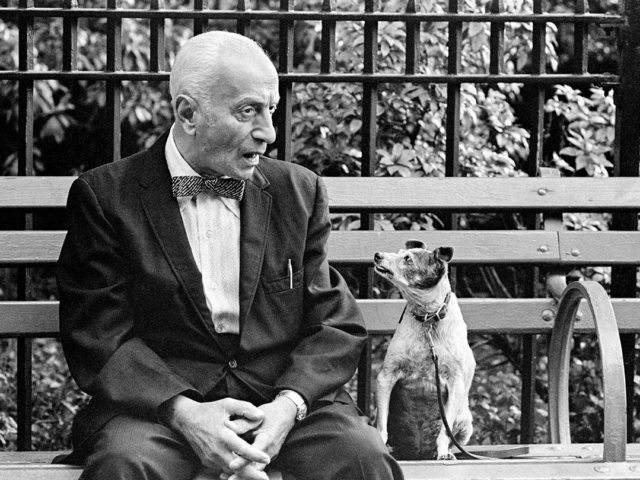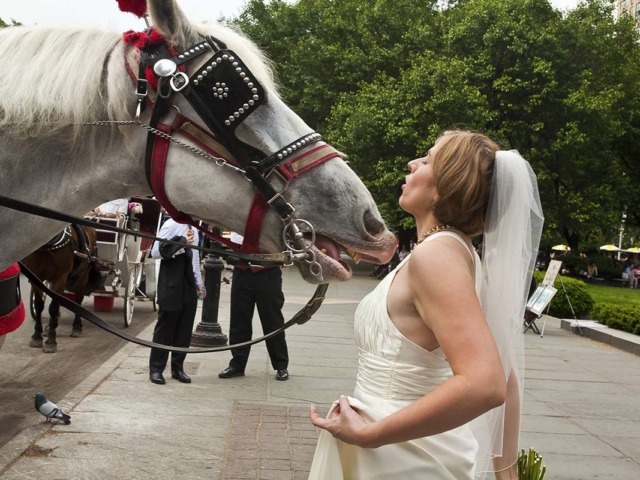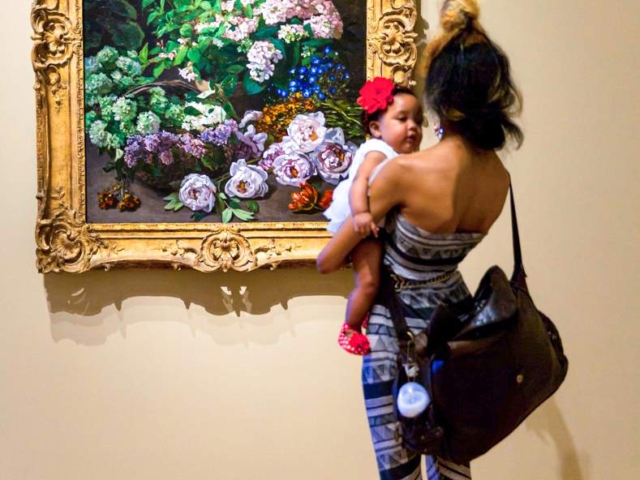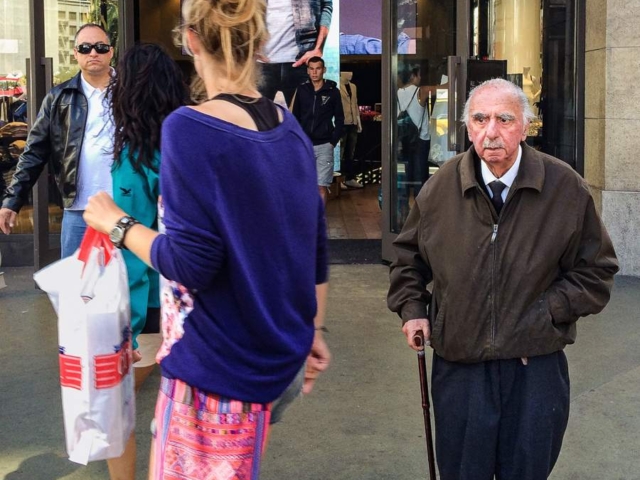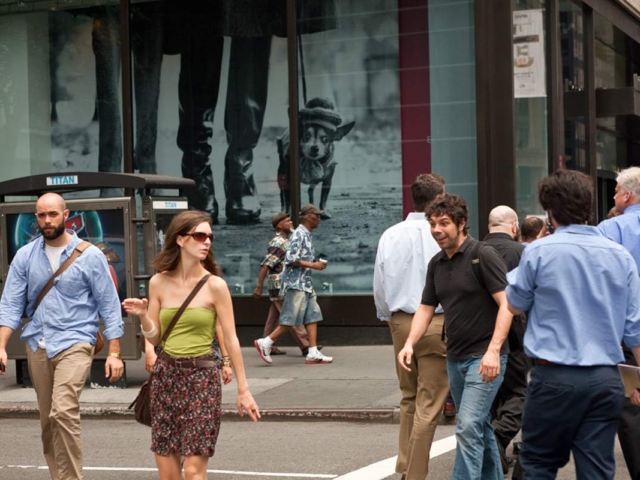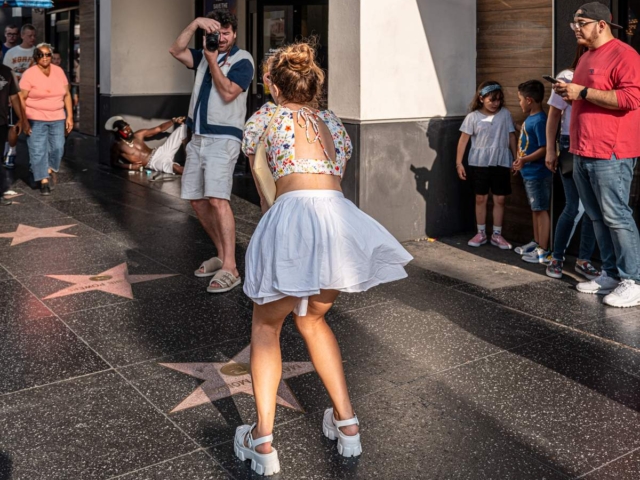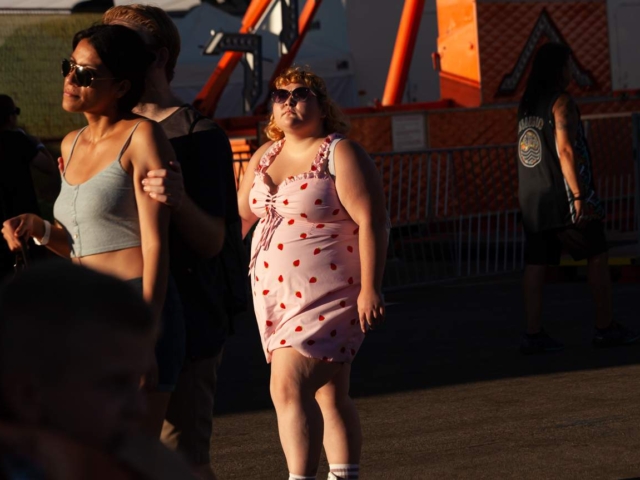Nancy Kaye
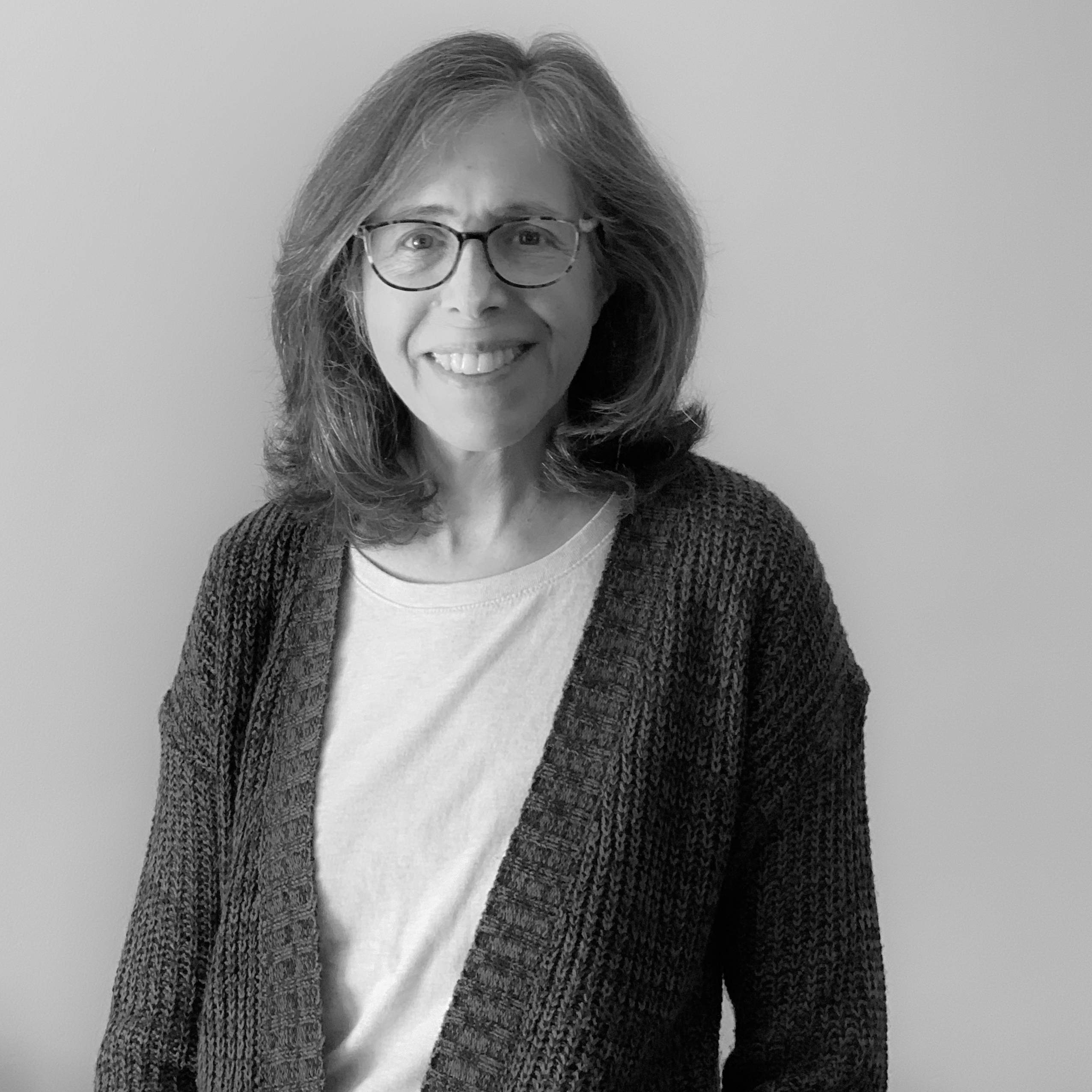
© Photo by J.L. Levin
About
Nancy Kaye, a native New Yorker, is a photographer and educator based in Los Angeles. Her background is in photojournalism, having worked for major news outlets—The Washington Post, The New York Times, and AP—in NYC, London, and LA. Her photos are included in many books and documentaries, and held in private collections.
The Smithsonian’s National Museum of African American History and Culture includes Nancy’s portrait of author Ralph Ellison. Her photographs documenting conservation of the historic David Alfaro Siqueiros mural at El Pueblo de Los Angeles Historical Monument are in the América Tropical Interpretive Center, and included in a Siqueiros exhibition at the Museo de Arte Carillo Gil in Mexico City.
In a follow up to a 1988 New York Times assignment about young girls in a rough Brooklyn neighborhood, she collaborated on “Jump Rope Girls,” documenting the girls’ lives as adults with children of their own and presented it at Duke University’s Documentary Study Center. Besides sociologically-driven projects, her work includes fine art photography. She was honored with inclusion in Your Daily Photograph’s Hot 100 of 2021, selected out of 4,500 photographers by collectors and curators, through LA’s Duncan Miller Gallery.
In addition to the creative satisfaction of creating images, Nancy enjoys working with photos and photographers to organize exhibitions and curate. In 2020 and 2021, Nancy led Capture This Moment, a series of ten photo workshops focused on documenting life during the pandemic, and curated the work into online exhibitions for American Jewish University’s Whizin Center, overseen by Rotem Rozental, now LACP Executive Director and Chief Curator. Other group exhibitions she’s curated include With Water/Without Water at Photoville LA, A World at Home depicting the pandemic’s early days, and 2022: A Year of Duality, a print exhibition.
Nancy teaches at LA Valley College and LA City College, leads street photo workshops, and serves as a juror for photo contests. She was interviewed for Street Photography Magazine’s February 2023 podcast and for the publication’s July 2023 cover story. She’s currently president of the LA chapter of the American Society of Media Photographers (ASMP).
Gallery
LACP Interviews Nancy Kaye
LACP asks Nancy Kaye ten questions about their background, career in and beliefs about photography.
Los Angeles Center of Photography: What kind of photographer are you?
Nancy Kaye: I’m a documentary and street photographer with a strong background in photojournalism, having worked regularly for The Washington Post, The New York Times, and Associated Press.
LACP: How long have you been photographing?
NK: It wasn’t until my junior year in college in the1970s that I first picked up a camera, which prompted me to change my major to photojournalism
LACP: Where did you get your training?
NK: I studied journalism and sociology at Kent State University. Although I wasn’t there at the time of the student shootings of May 4th, the tragic event was commemorated each year and I had the opportunity to photograph side-by-side with professional photographers. Years later, as I developed an interest in fine art photography, I studied hand-coloring photos with Ted Orland at UC Santa Cruz.
LACP: When did you know you wanted to devote your life to photography?
NK: As soon as I took my first photos and got involved with the college yearbook, which was modeled after photo essays in LIFE Magazine, I was committed. It was the power of visual storytelling and how it combined my interests in sociology and art that most appealed to me.
LACP: Did you ever come close to giving up?
NK: I never came close to giving up but I have branched out to do more with my photo skills, like organizing group photo projects, curating, serving as a juror, exhibiting my work, and of course teaching—for many years.
LACP: Have you sacrificed anything by being a photographer?
NK: The ability for true downtime. I never stop observing light and “seeing” pictures wherever I go. Photography is not a 9-to-5 way of living.
LACP: What have you gained by being a photographer?
NK: As a photojournalist, I’ve had behind-the-scenes experiences and met people I never would have otherwise. Carrying out photo assignments ranging from events and press conferences to celebrity portrait sessions has helped me overcome introvert tendencies. This is a tremendous asset in doing street and documentary photography. All in all, photography satisfies my innate curiosity, allowing me to enter other people’s worlds, ask questions, observe closely (stare), and be a more compassionate person.
LACP: What classes do you teach at LACP?
NK: Street photography. I was also part of a LACP panel discussion AI and the World of Photography.
LACP: What do you love most about teaching?
NK: I’m tremendously grateful that through teaching I’ve connected with many interesting, creative people, from youth to adults, and ignited their creative spark. Students come to a photo class with an interest and I help turn that into a passion and a means for self-expression. Teaching has also opened my mind to appreciate other genres of photography and ways of seeing. By articulating photo principles in the clearest way possible, teaching has helped me fine tune my own vision, shoot with greater intention, and improve as a photographer.
LACP: What advice would you give someone who is thinking about making a career in photography?
NK: I would say that being a talented photographer isn’t enough without developing marketing and networking skills. But I’d also say that no matter what kind of photo assignment work you do for money, continue working on personal photo projects that have meaning for you. Lastly, but not least, copyright your photos with the U.S. Copyright Office.
